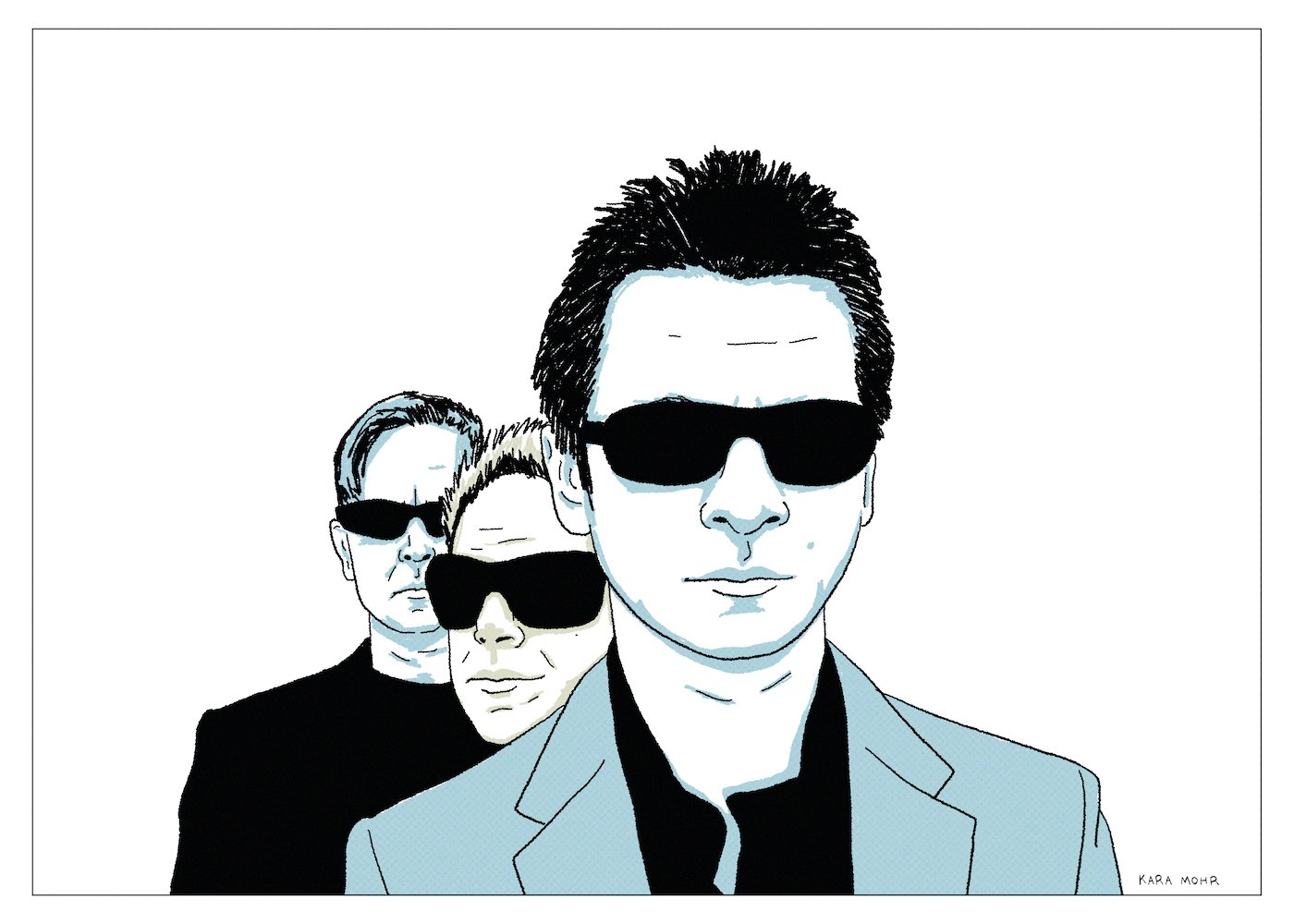
Depeche Mode “Playing the Angel”
By 1990, having graduated from new wave romantics to industrial futurists to “goth cowboy junkies,” Depeche Mode had inexplicably managed to conquer the world. And though they were churning — even rotting — on the inside, “Violator,” from that year, was inarguably their commercial and creative peak. It was also very nearly the death of the band. During the 90s, Gahan sunk deeper into heroin addiction, Gore was literally seized by alcoholism and Fletcher suffered crippling anxiety. The downward spiral continued until 2005, when Gahan, newly sober, and Gore, not sober and soon to be divorced, retreated with Fletcher to Gore’s home studio in Santa Barbara. The resulting album, “Playing the Angel,” was a deceleration and introversion following decades of the opposite. And while it was mostly a beloved album, it was not “peak Depeche Mode.” It’s a downing of the ante. It was also a minor miracle, recorded at the moment when the un-killable band suddenly seemed all too mortal.
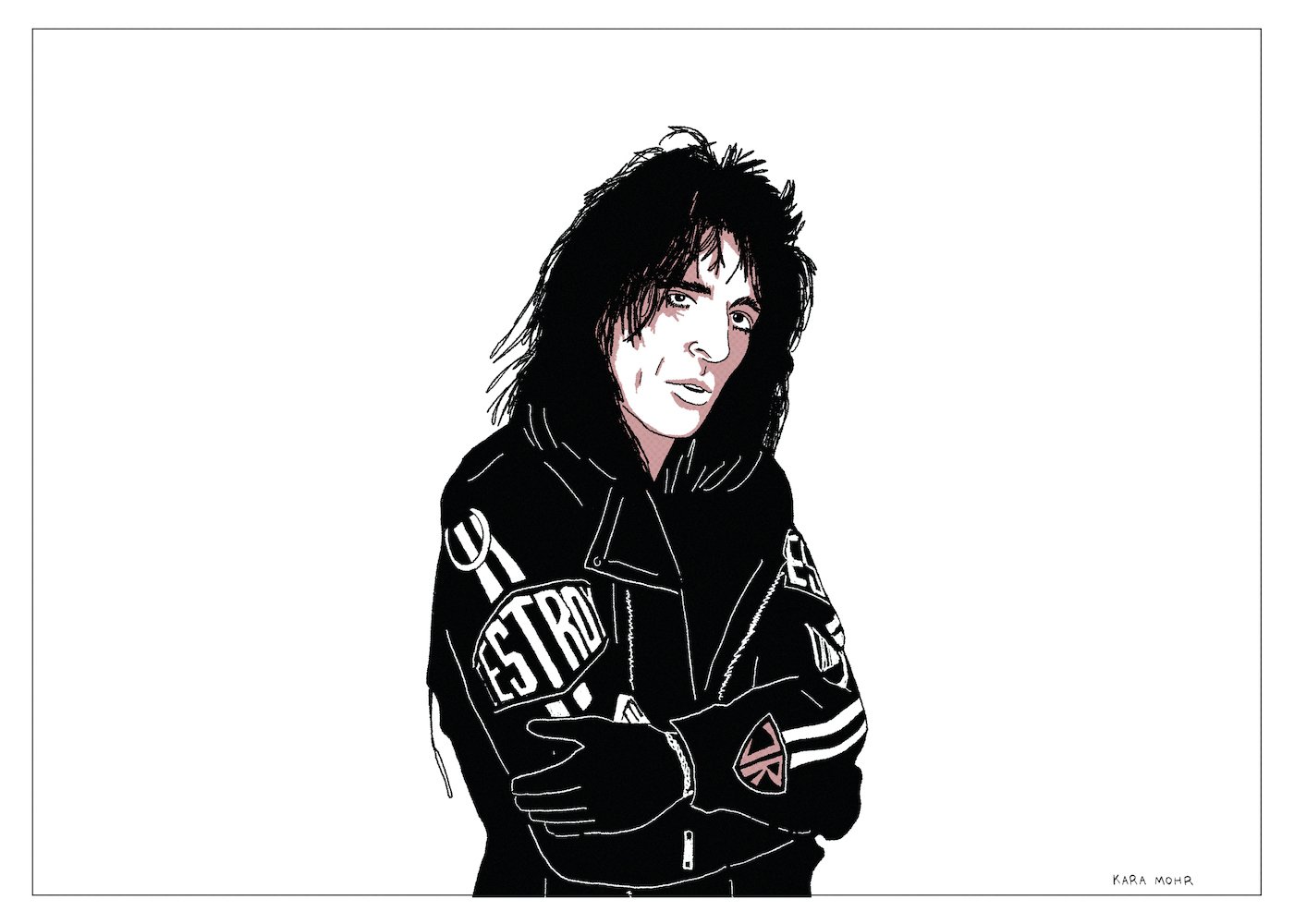
Alice Cooper “Trash”
The early 80s were not kind to Alice Cooper. Sober, but restless, he tried new gimmicks. He brought more snakes onstage. He tried his hand at New Wave. He traded booze for golf. But nothing seemed to work. By the mid-80s, while Hair Metal — a genre that he’d in part given birth to — was ascending, Alice Cooper was nothing more than a charming “has been.” But then, when it seemed that he was all past and no future, he caught a massive break. Desmond Child, a longtime fan and, more importantly, the super-producer of gargantuan, shout-along hits by KISS, Bon Jovi and Aerosmith, offered to help the forty year old, Shlock Rocker reclaim his throne. In order to succeed in the mission, Child had one requirements. He demanded that Cooper sing about the one thing that all teenagers are obsessed with but which the future GEICO spokesman had somehow avoided for his entire career: Sex.
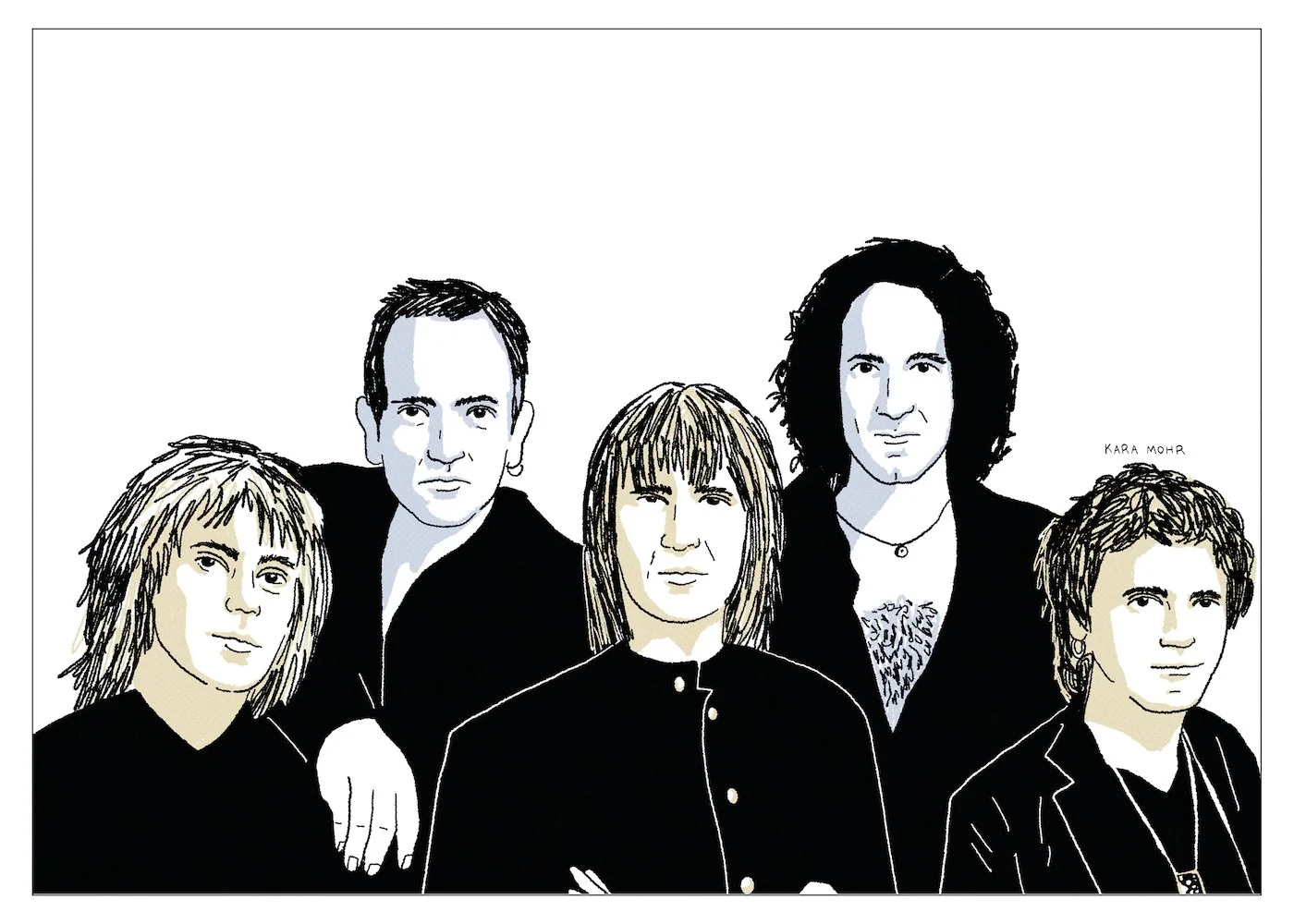
Def Leppard “X”
Def Leppard were once as American as apple pie. More than Bruce or Petty or Johnny Cougar, they were the soundtrack of the American Heartland. They were the grist for Rock radio, churning out pristine, semi-heavy, fully melodic singles, engineered by the future Mr. Shania Twain. With the arrival of Grunge and Alt, however, came the annihilation of Hair Metal. And though they did not precisely fit the genre, Def Leppard was a casualty of the 90s. On the brink of extinction, they tried everything to survive. They tried sounding like Stone Temple Pilots. They tried sounding like themselves. And then, finally, desperately, they tried the unthinkable. They hired wunderkinds Marti Frederiksen and Max Martin and made a bunch of tracks that resembled the third best songs from “American Idol,” if recorded by Bryan Adams for the Nordic market. On “X,” Def Leppard tried mightily to reclaim lost ground, but ultimately fell short of “popular” and landed awkwardly in the neighborhood of “pop.”

Art Garfunkel “Scissors Cut”
From 1970 through 1973, Art Garfunkel was among the most fascinating men in America. Coming off of “Bridge Over Troubled Water,” he turned his attention to acting, where he made his debut in Mike Nichols’ “Catch-22.” The next year, he was nominated for a Golden Globe for “Carnal Knowledge.” Eventually, though, he reemerged as a solo recording artist. “Angel Clare,” from 1973, produced two top forty singles, and a series of Gold and Platinum-selling albums soon followed. What began as warm possibilities, however, devolved into flaccid melodies and artistic stagnation by the end of the decade. And then, tragically, Garfunkel’s romantic partner of many years, Laurie Bird, committed suicide in 1979. Most of America was depressed in 1979, but Art Garfunkel was more depressed. 1981’s “Scissors Cut” is the evidence of that depression — a bawling, private eulogy, pressed onto vinyl. It was also the end of “Art Garfunkel, Pop Star.”
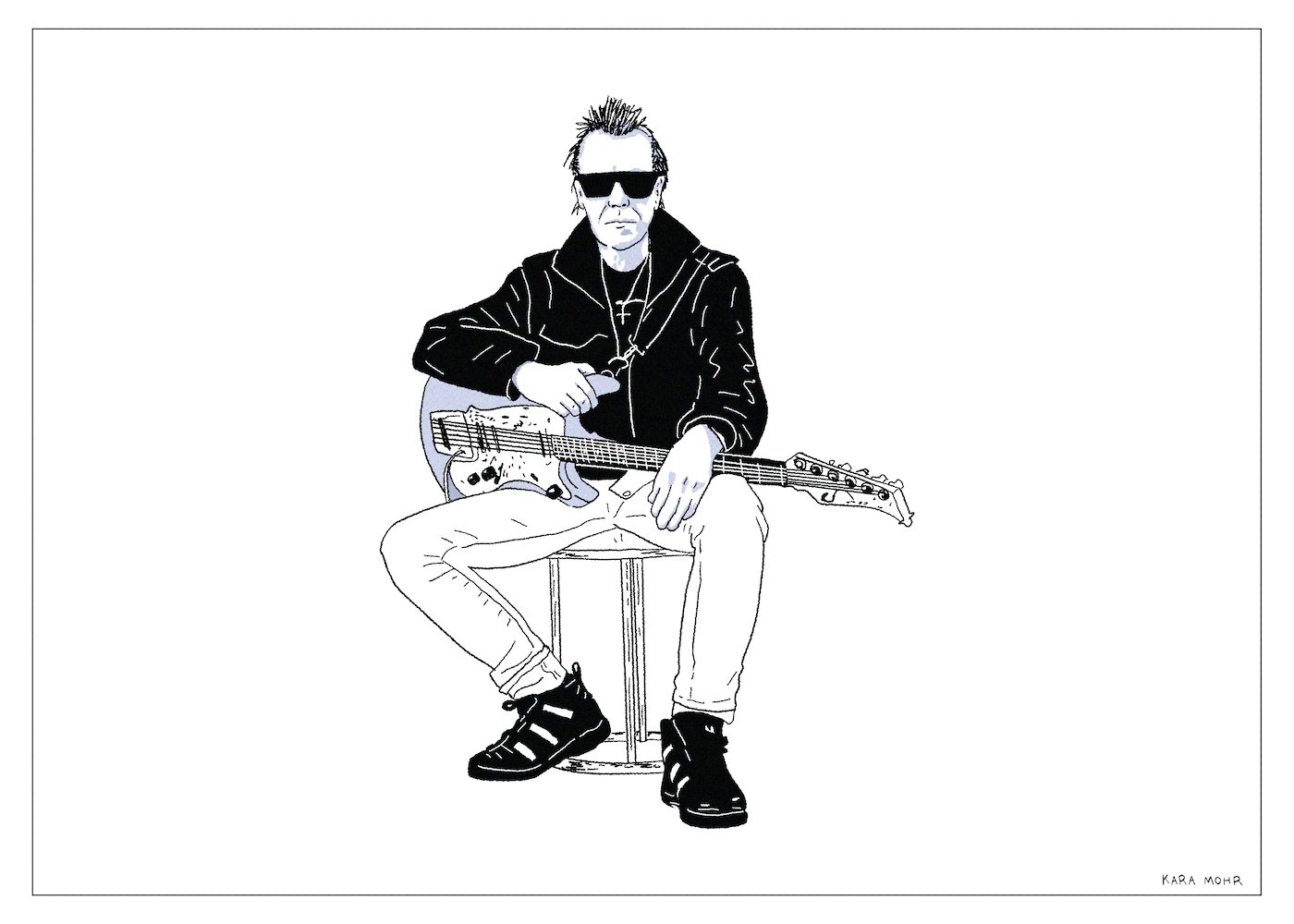
Link Wray “Barbed Wire”
After a dormant decade living a quiet life on a remote island in Denmark, the man who’d invented Hard Rock discovered his new sound. Amazingly, sixty-something Link Wray was faster, louder and scarier than his younger self. Whereas “Raw-Hide” and “Rumble” were soundtracks to noirish Westerns, his final performances sound like The Replacements scoring a 1950s drag race. Flanked by a band of much younger devotees, Grandpa Link returned to salvage his legacy. In spite of his indisputable greatness, he’d failed as a pop star. Failed as a folkie. And failed as a proto-punk. So, this time out — his last time out — he opted for all three incarnations. He wore black sunglasses, a leather jacket, a white tank top and a two foot ponytail and a thinning pompadour. He looked as though he’d either lost his mind or that he meant business. Or possibly both.

Cheap Trick “Cheap Trick”
The idea of a “return to form” is nothing new. Neil Young’s “Freedom” was his “return to form.” So was Clapton’s “Journeyman.” Dylan has probably “returned to form” half a dozen times in his career. The implication is the same: that some beloved, aging artist who had lost their way was finally making great music again -- music that confirmed their original brilliance. In 1997, ahead of their thirteenth studio album, writers and publicists were insisting that Cheap Trick’s latest was a return to form. Fans came out from the woodwork. Nirvana and Smashing Pumpkins and Weezer portended the event. Cheap Trick had found their way back. The band that Mike Damone and millions of Japanese teenagers once loved was coming back to get their due. But for a group whose success was so fast and so fleeting, and whose last hit was a hairy, ten year old power ballad, it was fair to wonder: what form were they returning to, exactly?
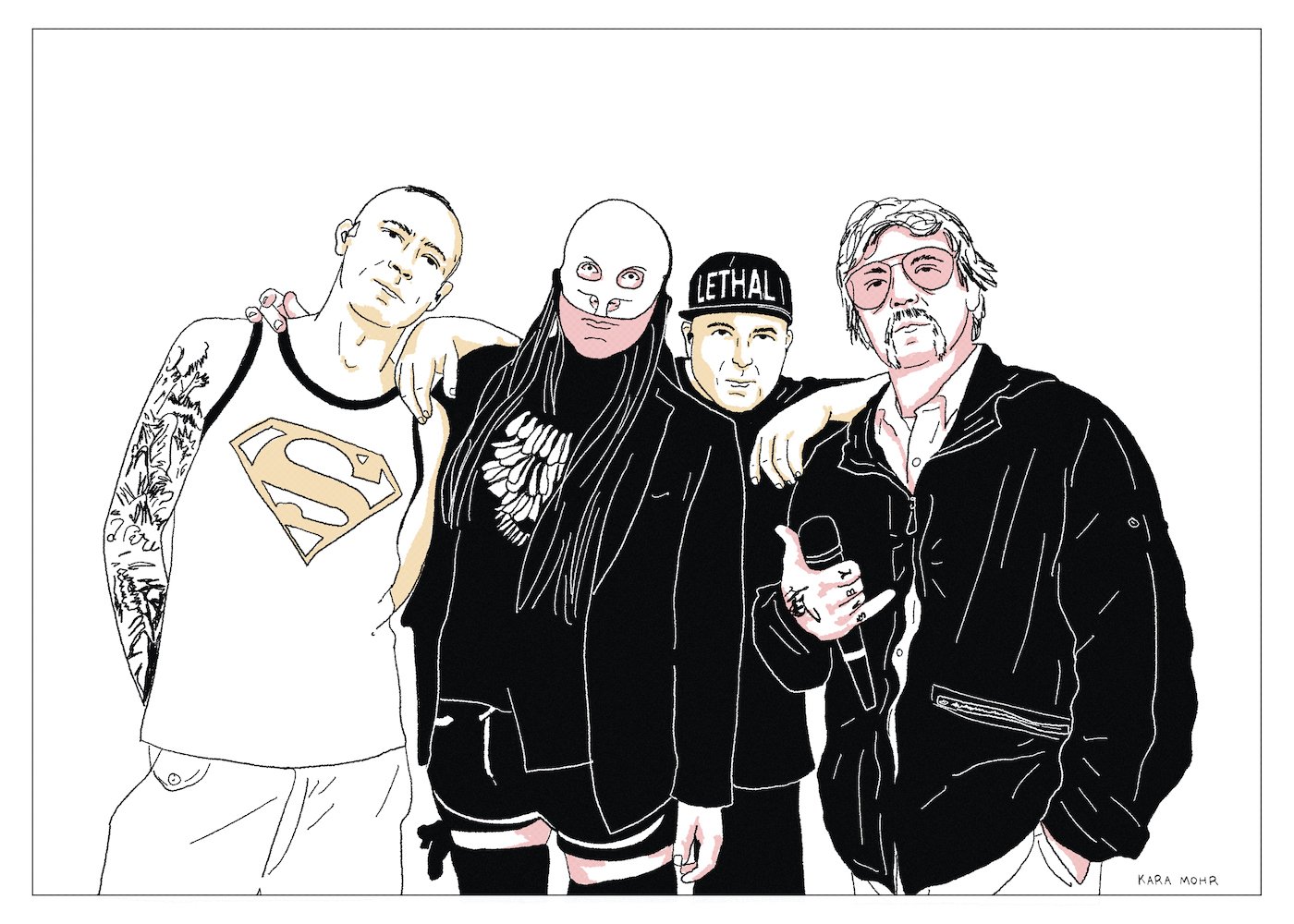
Limp Bizkit “Still Sucks”
There’s this rich, aging Floridian who’s prone to wearing red hats, saying horrible things about women, insisting that he’s a victim and flirting with Russia. Many Americans consider him to be a terrible, dangerous human. But to some, he remains unassailable -- almost godlike. His name, of course, is Fred Durst. The villainization of Durst is almost too easy. His name is basically synonymous with “douche.” And as popular as Limp Bizkit once was, they were more so reviled. To many, the band’s frontman has always been an under-talented, rage spewing bro. His litany of offenses is significant and the counter-argument is not terribly clear. Durst, however, has been consistent with his own defense: He is the lifelong victim of bullying and rejection. He’s horrified that his band’s music was co-opted by misogynists. He’s not the bad guy. He knows his band sucks. He’s in on the jokes. If anything, the joke is on us -- his critics. In fact, we are the bullies.

The Doobie Brothers “Brotherhood”
Today, they are the butt of a joke that started as an internet meme. They signify an amalgam of 1970s idealism, kitsch and grooviness alongside early 80s cool, coked up excess. All because of four albums they released between 1976 and 1980, and because of Michael McDonald’s proximity to Steely Dan, Christopher Cross and Kenny Loggins. Because of that, The Doobies are Twitter jokes and Spotify playlists more than they are “China Grove,” “Black Water,” “What A Fool Believes” and the bootlegging scandal from “What’s Happening!!” For nearly a decade, however, they were the American monoculture. Not The Eagles or Fleetwood Mac or M*A*S*H. The Doobie Brothers. They were the opposite of a punchline. The opposite of any one thing. They were everything. Then, one day, everything became too much and they were gone. By the time they came back, everything had changed. Everything, except The Doobie Brothers.
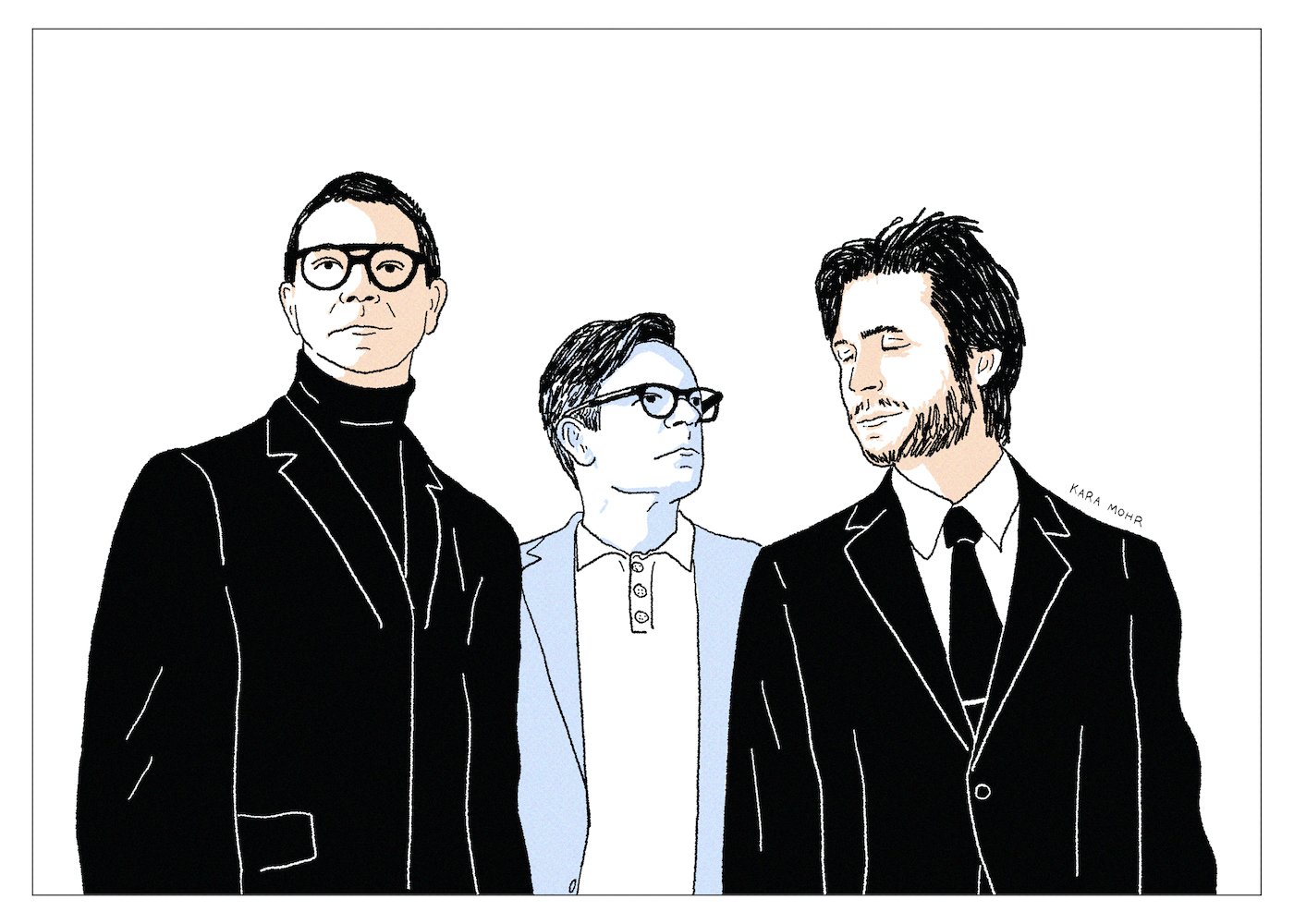
Interpol “The Other Side of Make-Believe”
Whereas most of those Williamsburg by way of Lower East Side bands of the early Aughts balanced post-collegiate pretense with drunken dude-ness, Interpol appeared to be all pretense. The suits. The black on black. The Factory Records of it all. Even before I heard a single note of their music, I was confused as to whether they were satire, or postmodern commentary, or totally earnest, or something I’d never encountered before. Eventually, though, I figured out that the Carlos and the Daniel and the Paul and the Sam I’d seen about town were identical to the ones who were on stage at Mercury Lounge. These were not actors. Those were not costumes. They were maybe not even uniforms. They were skins. And yet, back in 2002, every fiber in me was expecting the truth to eventually be revealed. The other black leather boot had to drop some day. No matter how great their debut album was. No matter how great their follow-up was. No matter how enduring the act, I was convinced that they’d trip up and be revealed as something fraudulent. Twenty years after “Turn on the Bright Lights,” though, I stopped waiting for the backlash.
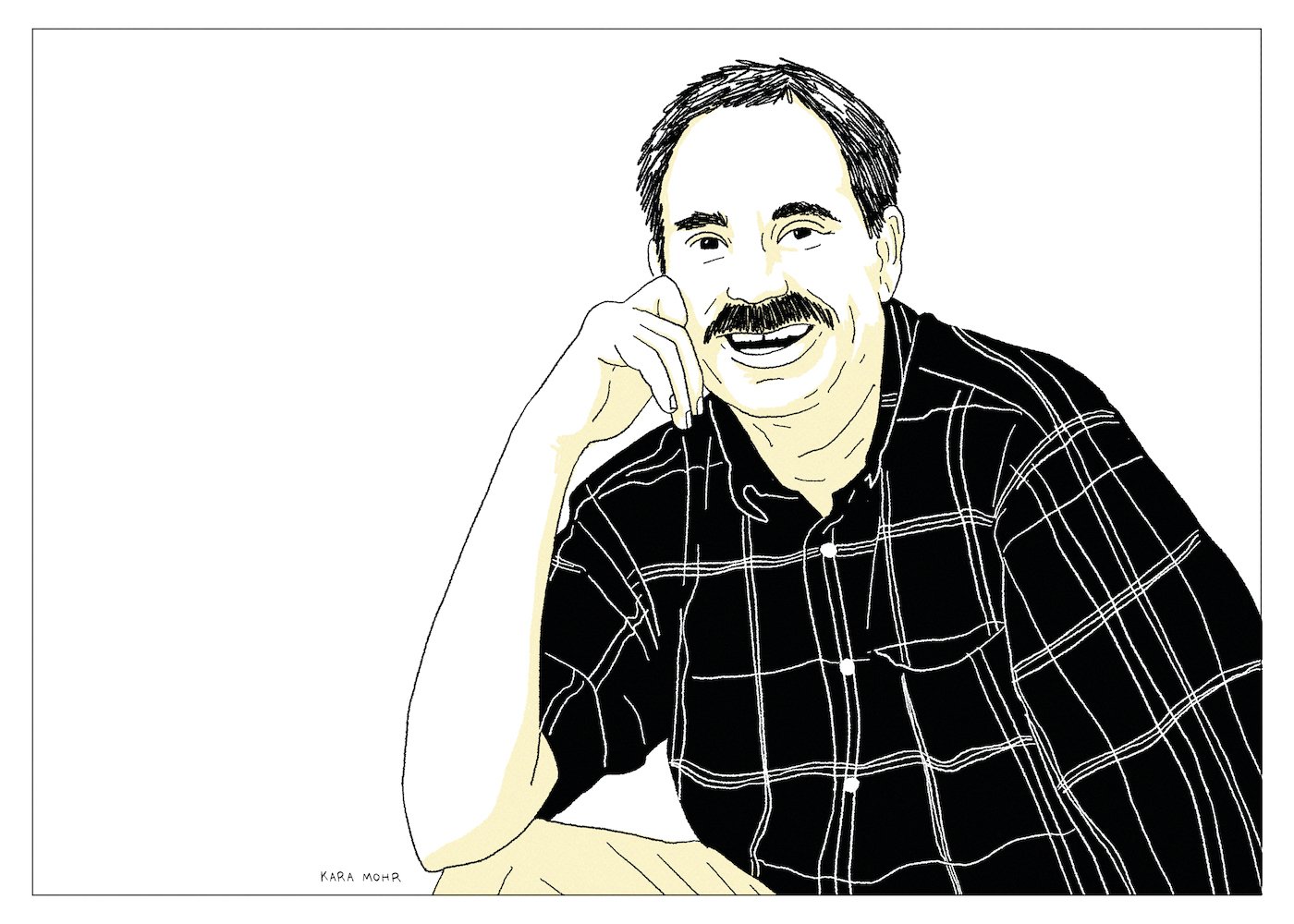
Dan Quisenberry “Poetic Relief”
Quiz was in no way physically exceptional. He looked the opposite of imposing, like somebody who spent more time reading than working out. His hair was brownish red and thinning up front. And his mustache was thick, wide and furry. Frankly, it was adorable. Whereas Rollie Fingers’ stache was a cursive distraction and Goose Gossage’s was pure intimidation, Dan Quisenberry’s mustache looked like the fourth member of Alvin and The Chipmunks. He couldn’t hit ninety on the radar gun. And he wrote poetry on the side. No matter how out of place he seemed in his Royals’ uniform, though, it was nothing compared to his delivery. The “submarine pitch” had been around for most of baseball’s history, but nobody threw it quite like Dan Quisenberry. He’d drag the fingernails on his right hand near the ground while hurling his right foot two yards towards third base and hopping his left foot two feet from the rubber so that he could somehow, miraculously, regain his balance. Meanwhile, the pitch would go down and then up and then down and to the left. It was nothing short of a miracle. All of it.
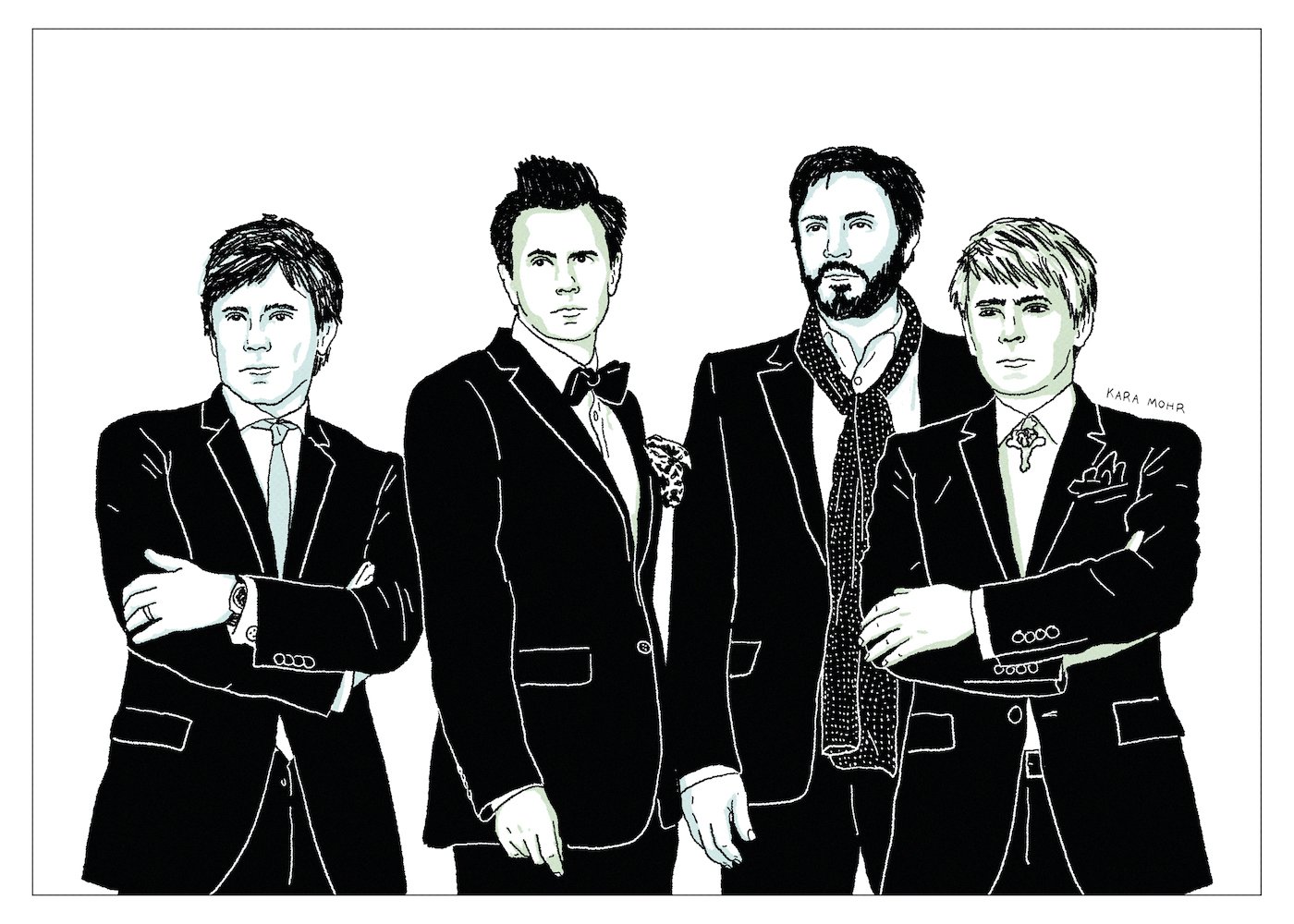
Duran Duran “All You Need Is Now”
By the time Duran Duran tired of their plight as Tiger Beat cover boys, it was too late. They would never be Chic meets Roxy Music, with a dash of The Sex Pistols. The corner of the world that they dreamed of had been claimed by New Order, The Cure and The Smiths. They were doomed to be Pop stars. And they could not tolerate it. After half a decade of fame, fortune, drink, drugs, and screaming girls, they splintered, and then buckled. And they’ve spent roughly the last forty years trying to put things back together — carefully toeing the line between looking back and looking forward. Their efforts included a forgettable covers album, a reunion of The Fab Five and a collaboration with Timbaland. But nothing worked. It increasingly seemed that Duran Duran would be remembered as one of the greatest Pop bands from the greatest moment in the history of Pop — and nothing more. Until, one day, Mark Ronson dared to wonder: “What if that moment returned?” Or rather, “What if we could recreate it? What if, thirty years later, we made the follow-up to “Rio?”
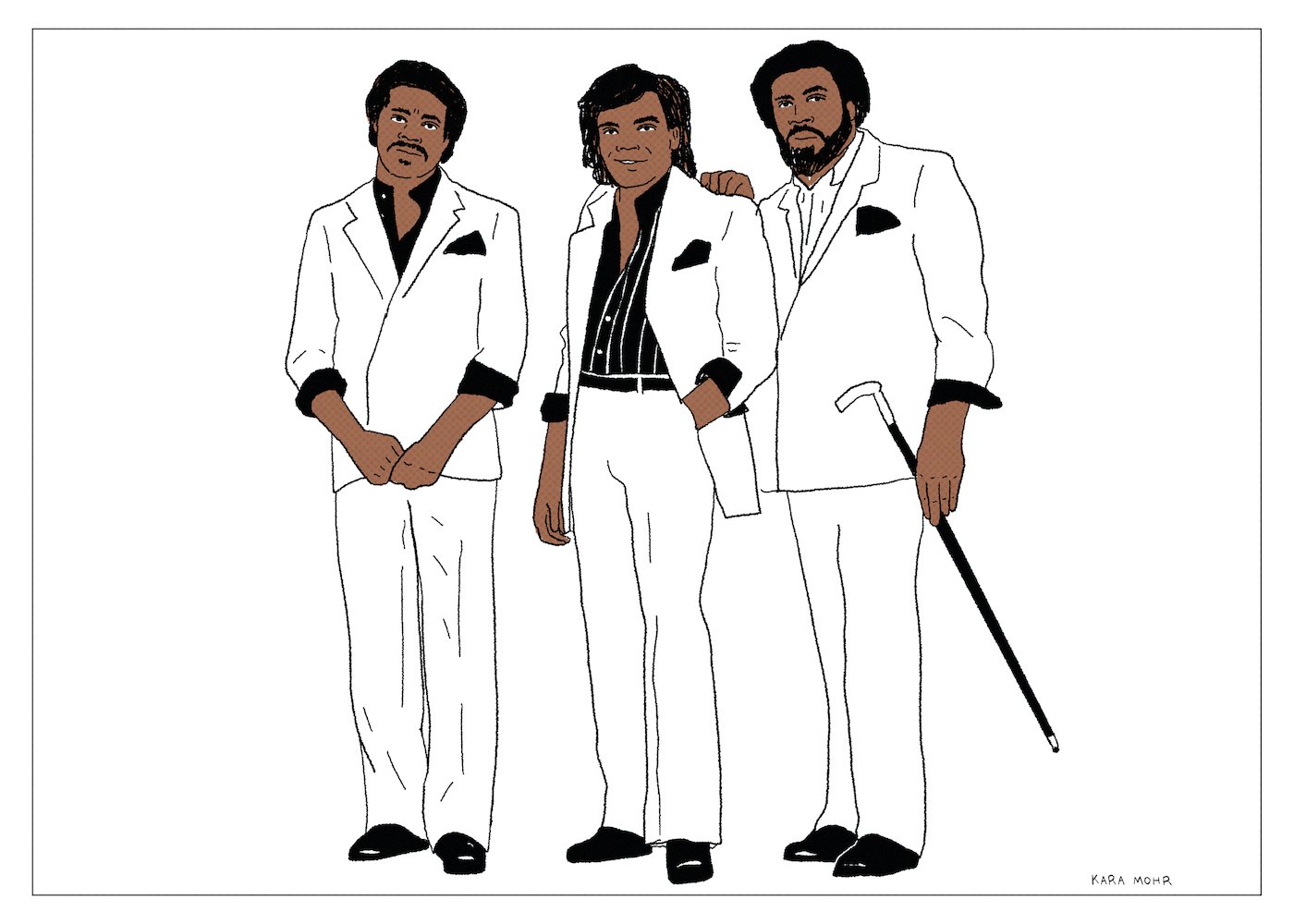
The Isley Brothers “Masterpiece”
In response to Marvin Gaye’s third act and to Luther Vandross’ debut, The Isley Brothers began to move away from Funk and Disco. “Between the Sheets,” from 1983, was a massively successful turn to the bedroom, but also the last album to feature all six Isley Brothers (counting in-law, Chris Jasper). Mounting debt and creative tension ultimately led to the departure of the younger trio, leaving the middle-aged brothers to carry on. Without Ernie’s electric guitar or Chris’ writing and arrangements, however, change was inevitable. Their eventual pivot, entitled “Masterpiece” and released in 1985, featured the three senior Isleys on the cover wearing tuxedos. Ron is seated on a red velvet and gilded chair that looks a lot like a throne. Rudy is standing stage left, holding a regal walking stick. Eldest brother, Kelly, is stage right, mustached and assured, even as he approached sixty and was beginning a battle with cancer. The title and the cover of “Masterpiece” said precisely what they needed to say: classy, but still a little horny.

Ric Ocasek “Nexterday”
Ric Ocasek’s life after The Cars included a series of charming, lower stakes solo albums in between gigs as a “record guy.” For most of the 90s, he was a talent scout for Elektra Records and an elite producer for hire. But with Weezer’s “Blue Album,” Ocasek graduated from producer to “super-producer” — which meant he could do whatever he wanted, including making albums for Le Tigre and Brazilian Girls. It also meant that he could write poetry and paint and be the husband of a supermodel. He trimmed the New Wave mullet an inch or two, and maybe he added some lines to his face, but he still hid under the shades and bangs. He still wore oversized tops, buttoned all the way up. And he still had that odd earring dangling. In contrast, by 2005, Blondie was a nostalgia act. David Byrne was more high art than Pop. Sting made listless world music. And Duran Duran survived through the wonders of modern medicine. But Ric Ocasek, it seemed, had won. He’d done what Joey Ramone and Tom Verlaine never could -- stay weird and thrive. All of which makes his final solo album, “Nexterday,” hard to explain.
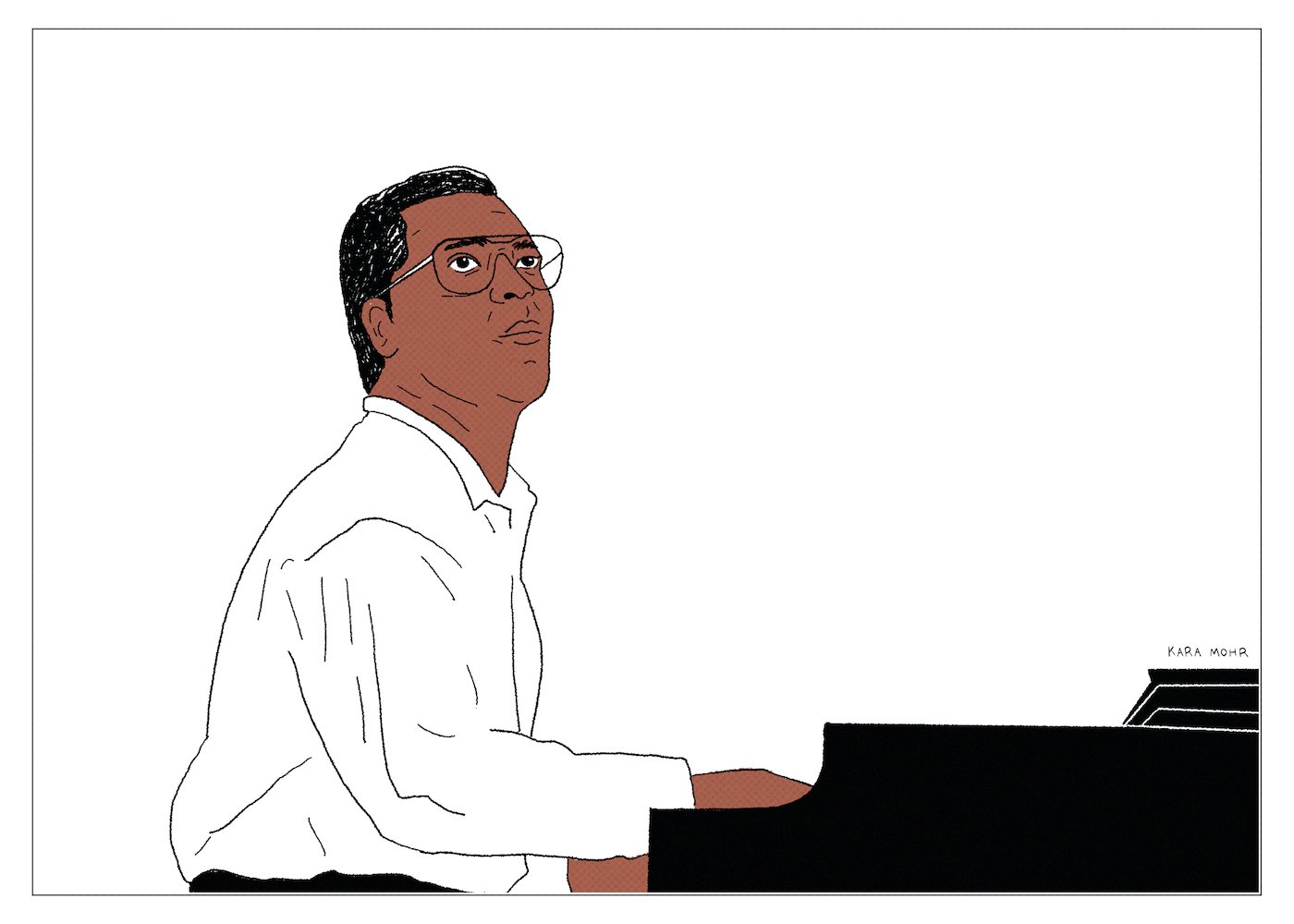
Booker T and the M.G.’s “That’s the Way It Should Be”
We are living in the golden age of music documentaries. In the last year alone, we got “Get Back,” “The Summer of Soul” and “The Velvet Underground.” Before those, there was the one about Ronnie James Dio and the one about Sparks and the Alanis one and the Poly Styrene one and, oh, that Karen Dalton one. It seems like every year, as part of the battle for streaming service supremacy, we get dozens of new additions to the canon. But the one that, for some reason, has yet to be made is the one about the bi-racial house band for Stax Records who made Otis Redding sound like Otis Redding and who were, in their own right, among the most important, but least documented, bands in R&B history. In 1994, seventeen years after their “last” album, they returned to make it final. Even in middle-age, Booker T. and the M.G.’s were flawless but soon forgotten.
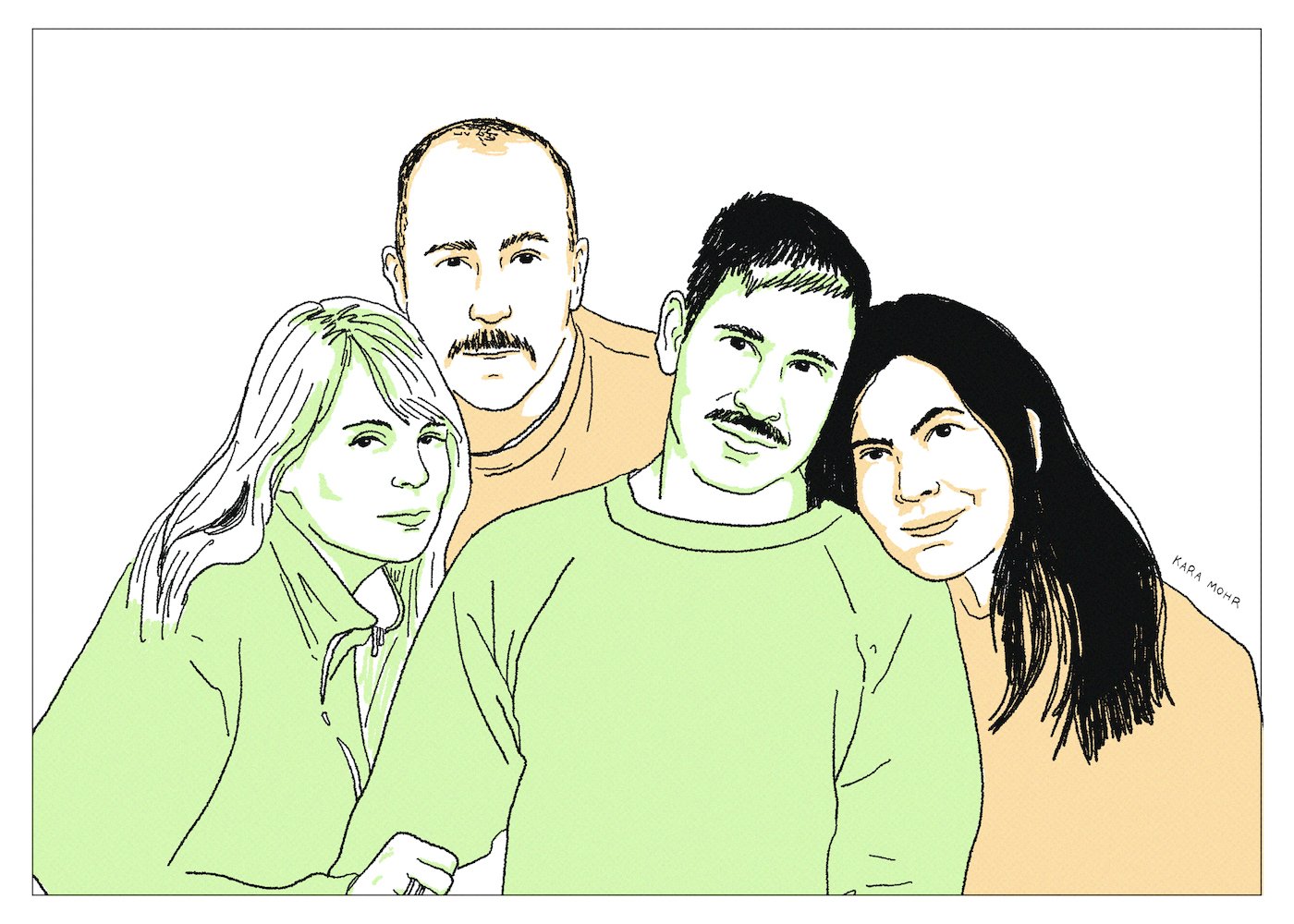
Imperial Teen “Feel the Sound”
By any reasonable standard, they never should have survived. All of those nineties “Buzz Bin” bands are gone. Fastball. Gone. Harvey Danger. Gone. Semisonic. Technically not gone but also gone. Marcy Playground. Either buried deep or gone. But Imperial Teen — the gender equitable, semi-queer group, who that sounded like ABBA if they’d swallowed The Pixies and who had that guy from Faith No More — kept going. Even after their first can’t miss single somehow missed. Even after they moved away and got other jobs and had kids. Even after their record sales dwindled. Even then, they’d get back together and make near perfect records full of bratty swagger, three part harmonies and hooks for miles. They’re the secretly Pop band who refused to get popular but also the Twee Indie act who never cowered. Which makes them a minor miracle.

Jim Palmer “The Unnatural”
In 1991, just months after forty-three year old Nolan Ryan had thrown yet another another no-hitter, but six years after forty-nine year old Jim Brown was bested by Franco Harris in the forty-yard dash, Jim Palmer was making a comeback. The former Orioles great was forty-five at the time and already a member of the baseball Hall of Fame. To some, the decision only confirmed their long held view: That Palmer was vain — a genetically gifted prima donna who required outsized attention. Fans, meanwhile, knew the the other Jim Palmer — the one who’d who’d spent decades playing through pain, getting booed and doubted, while still delivering pennants for the O’s. They saw the return as the last comeback in a career of comebacks for an unnaturally great pitcher who — yes — happened to resemble “The Natural.”

Lyle Lovett “Release Me”
Has there ever been someone so completely reliable as Lyle Lovett who looked so completely dodgy as Lyle Lovett? One of his eyebrows is perpetually raised while the other sits still. His mouth turns down in one corner while the other side purses. When he smiles, it looks like he’s in pain. And don’t even get me started with the hair. On the most superficial level, he does not look like a guy you can trust. And yet, by the 1990s, it was settled fact: Lyle Lovett is completely trustworthy. See the piles of four star reviews. The six straight Gold (not Platinum, because that would be too showy) albums. The four Grammy wins. And the fact that, in 2012, when he was making his “contractual obligation album” — the thing that is supposed to be resentful and perfunctory — he was still impossibly mannered and listenable. Turns out that Lyle Lovett is the exact opposite of dodgy.
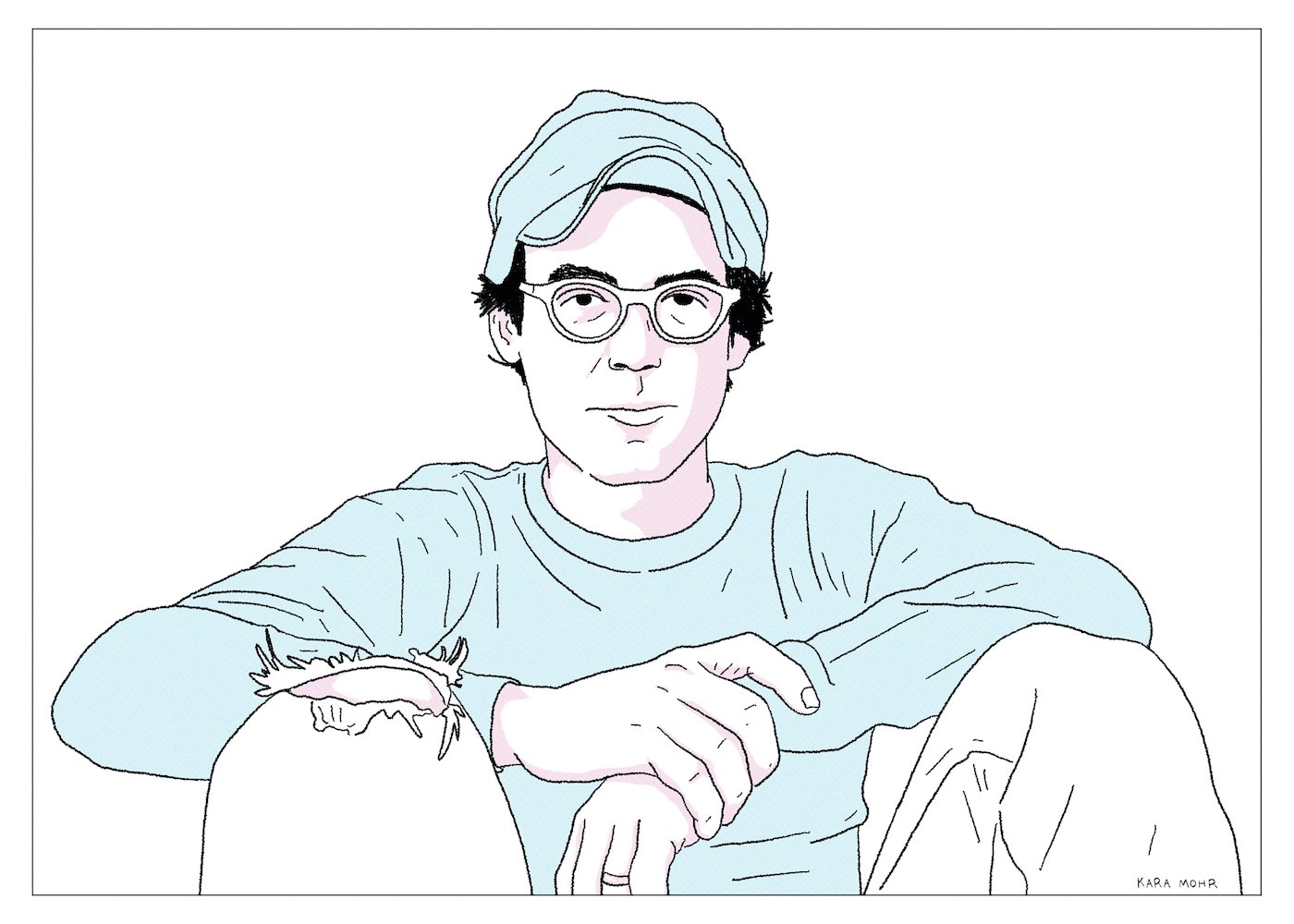
Clap Your Hands Say Yeah “The Tourist”
Twelve years after Pitchfork landed on his head, Alec Ounsworth was still making music as Clap Your Hands Say Yeah. And while he may not have been the first guy to go straight from the basement to the main stage, he was likely the first one to do so without a record deal. Ounsworth was never exactly famous, but he is famously introverted. And that disposition led him from the brink of stardom to a career of relatively minor albums and concerts inside the living rooms of fans. At forty, married and with a daughter, but still proudly without a record label, Ounsworth reconstituted CYHSY to sing us some songs about middle age ennui. “The Tourist” is almost exactly what its title promises and mostly what long time fans were hoping for. Ten oddly melodic, predictably anxious tunes about an introvert who wants to be seen almost as much as he needs to disappear.

John Fogerty “Revival”
Truth matters. Of course. But on the other hand — and especially in the curious case of John Fogerty — who the hell knows? Was he the Mark Twain of his generation or the Atticus Finch or was he just the guy who connected the musical dots between Ricky Nelson, Little Richard and Neil Young? How did the man who was once our answer to Paul and John just one day just disappear? As spectacular as Fogerty’s early run with Creedence was, everything that followed seemed like an unsorted mess. Seriously, what happened? Was he impossible to deal with. Did his muse dry up? Why was he always in court? Who was the hero and who was the villain? Time resolved some things. Lawsuits were settled. Contracts expired. People died. And, of course, John Fogerty had his beloved, if still perplexing, second act.
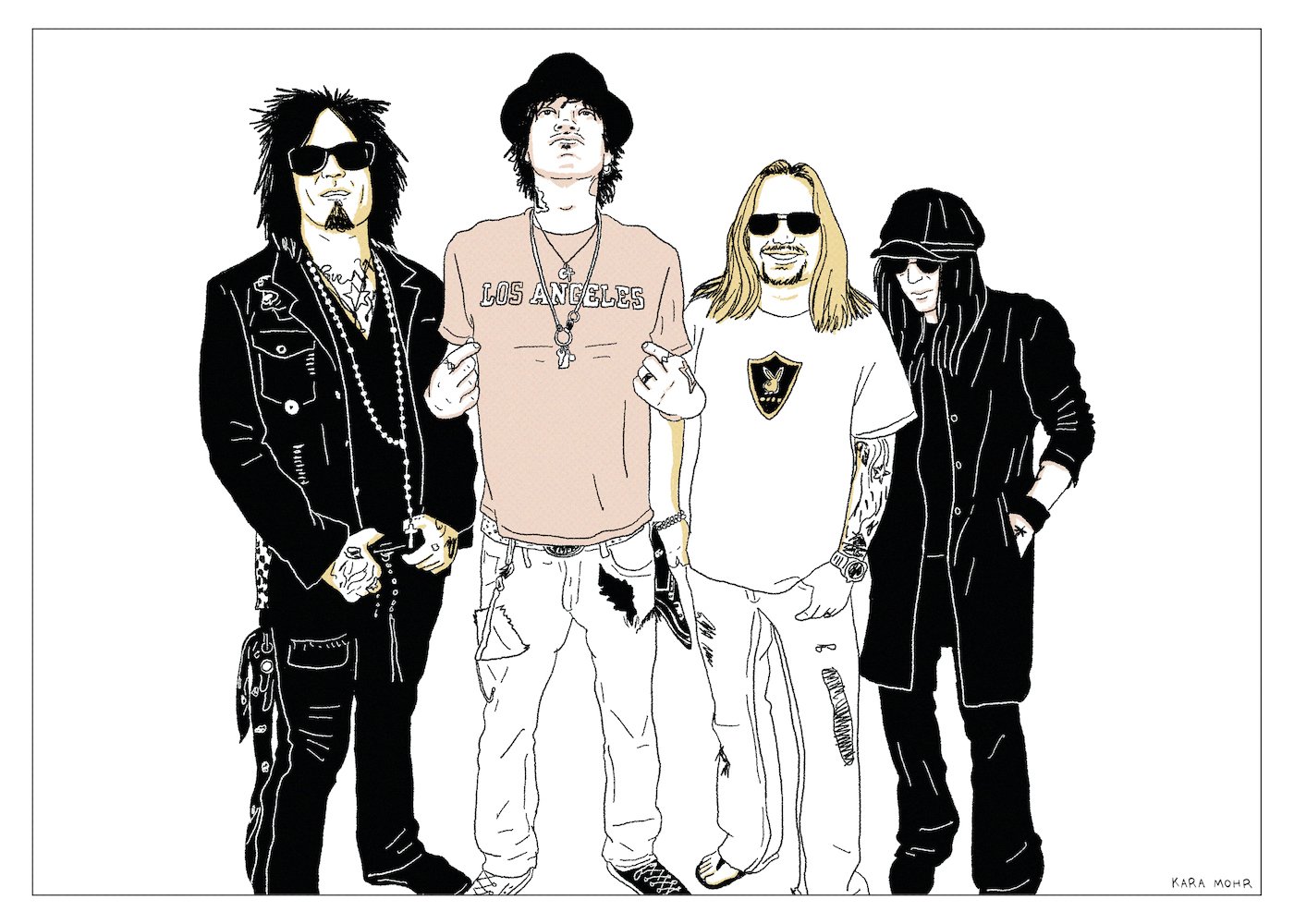
Mötley Crüe “Saints of Los Angeles”
Two bands. Both inspired by The New York Dolls. Both with silly haircuts. Both with bassists who died, though only one of whom stayed that way. Both famous for leaving destruction in their wake. Both accused of nihilism. Both the subjects of gossip, books, movies and films. One was born in 1975 and, for the most part, was done by 1978. The other formed in 1981 and, though they’ve said farewell numerous times, is still going to this day. One of these bands is thought of as high art. Scholarly tomes obsess over them. Meanwhile, the other band -- the generationally popular one -- is the butt of jokes. One is English and enthralls me. The other is Californian and confounds me. The more I considered the two bands, separated by critics and 5,437 miles, the more I had to confront the idea that their Sex Pistols might be our Mötley Crüe.
